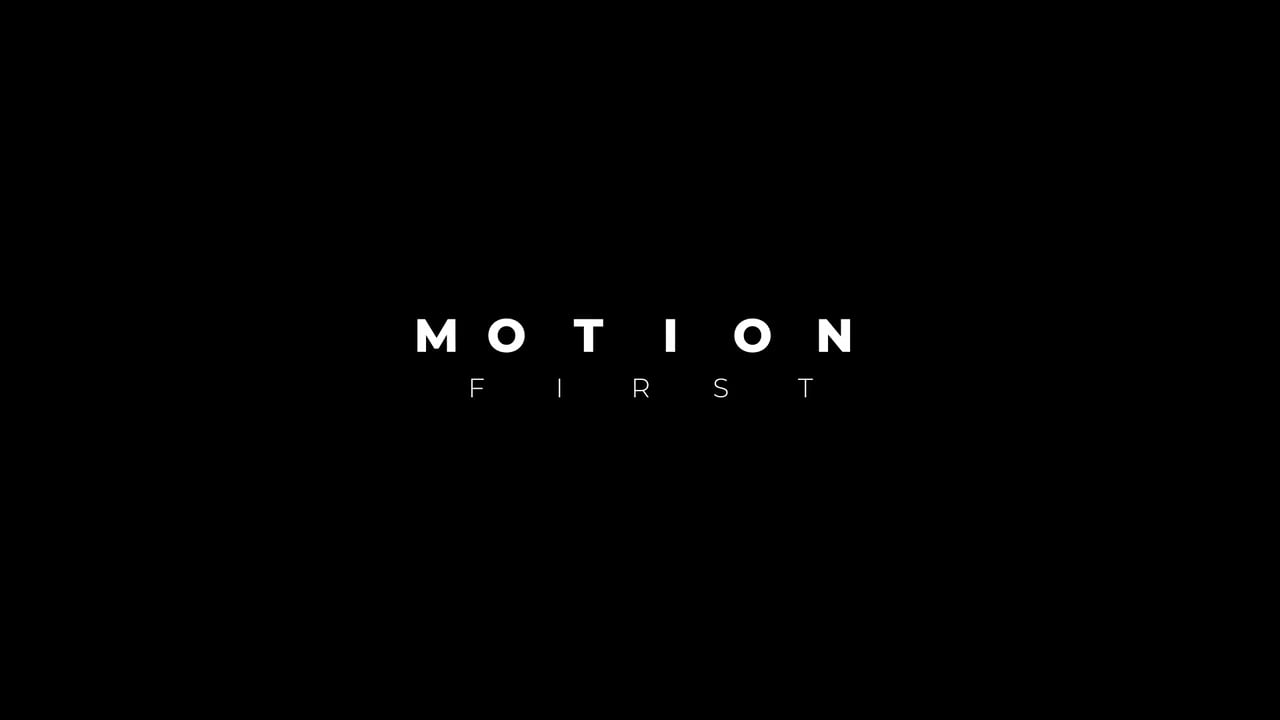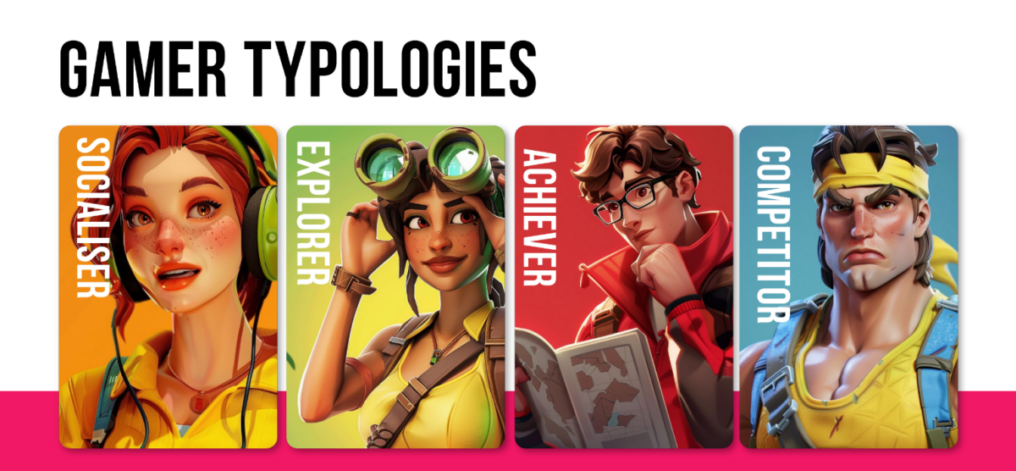In today’s fast-paced retail landscape, brands are constantly looking for innovative ways to capture customer attention and create meaningful, memorable experiences. Traditionally, the point of sale (POS) has been dominated by static print, posters, flyers, barkers, and signage. However, with the rapid rise of digital screens in retail environments, particularly as seen with Tesco’s increased investment with their number of in-store digital ad screens more than trebling to 6,000* by the end of 2024.
Tesco have also claimed that digital growth will make the medium bigger than television by the end of 2025 – brands can no longer afford to overlook the power of motion and animation at shelf.
Here’s why it’s crucial for brands to embrace this technology and why sticking to static print alone might mean your brand isn’t moving forward.




